Designing a Successful Mobile Learning Application
Obviously, mobile devices have revolutionized the way we access and consume information, including learning. The mobile learning space can be crowded, and because of that, you want your app to stand out. With the growing demand for mobile learning solutions, it's crucial to design an effective and engaging mobile learning experience. In this blog post, we'll explore the key considerations and best practices for designing a successful mobile learning application.
But first, let’s show you a video on what NOT to do.
You’ll want to ensure these things are present
in your app as you design:
✅ Usability and Navigation: The usability and navigation of your mobile learning application should be a top priority. The app should be easy to use and navigate, allowing users to access the content they need quickly. This includes clear and intuitive navigation, as well as a simple and straightforward interface.
✅ Consistency and Branding: Consistency is key in mobile learning application design. The app should have a consistent look and feel throughout, including a consistent color scheme, typography, and visual elements. This not only helps create a professional and cohesive appearance but also makes it easier for users to navigate the app and find what they need. Incorporating your brand's visual identity and messaging into the app's design is also crucial for building brand recognition and creating a consistent user experience.
✅ Readability and Accessibility: Readability and accessibility should also be considered when designing a mobile learning application. The typography should be clear and legible, with font sizes that are easy to read, especially for lengthy content. Adequate white space should also be provided to prevent eye strain and improve readability. Accessibility is also important, with consideration given to the needs of diverse users such as those with visual or auditory impairments, through using high-contrast color schemes, text-to-speech options, and compatibility with screen readers.
✅ Adaptiveness and User Engagement: Your mobile learning app should be responsive and adapt to different screen sizes and resolutions. This will ensure that the app is usable on a wide range of devices, from smartphones to tablets, and prevent frustration for users who may have trouble viewing the content on their devices. Encouraging user engagement through interactive elements, such as gamification or animations, can keep users motivated and engaged in the learning experience.
✅ Performance: Optimizing your mobile learning app for performance is also important. A slow or laggy app can lead to frustration and dissatisfaction for users, which can negatively impact the overall success of the app. Performance optimization should include minimizing the use of large images and videos, as well as using efficient and optimized code.
On the flip side, here are five things to avoid when designing the theme for your mobile learning app:
❌ Overcomplicated or cluttered design: A cluttered or overly complex design can make the app difficult to navigate and use, leading to frustration for users.
❌ Poor readability: Low contrast between text and background, as well as unclear or hard-to-read typography, can make it difficult for users to read the content.
❌ Ignoring accessibility: Neglecting to consider the needs of diverse users, such as those with visual or auditory impairments, can exclude some users from using the app.
❌ Poor performance: A slow or laggy app can lead to frustration and dissatisfaction for users and negatively impact the success of the app.
❌ Being overly skeuomorphic: While skeuomorphism can be useful in creating a familiar and engaging experience, using too much skeuomorphism can be distracting and make the app appear outdated. A balance should be struck between creating a familiar experience and maintaining a modern and visually appealing design.
It’s our opinion here at SparkLearn that designing a successful mobile learning application requires careful consideration of several key elements, including usability, consistency, readability, accessibility, adaptiveness, user engagement, and performance. Every SparkLearn customer gets the benefits of this type of design when they use our product with their teams.
